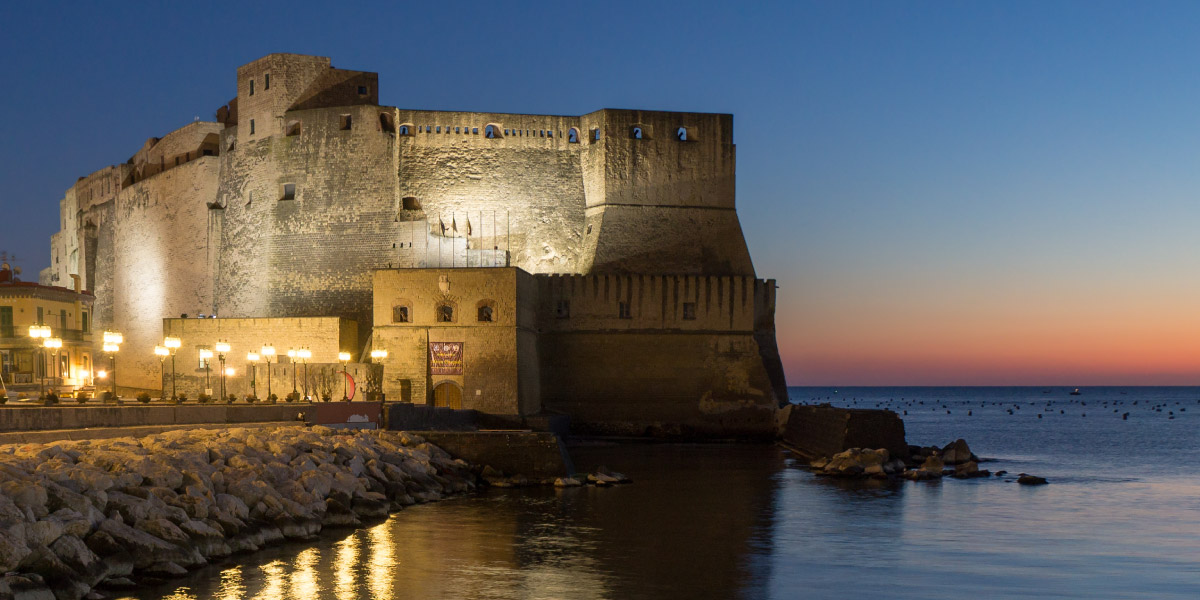
7 Castles for a city: the history of the Neapolitan fortresses
Did you know that Naples is the only city in the world to have 7 Castles within its city perimeter? Some of them are famous and attract hundreds of tourists every year, others are definitely less known, but they all have a fascinating history behind them. Let’s discover it together.
The history of the 7 Castles of Naples
Of the 7 castles in Naples, the oldest is the Castel Dell’Ovo (Castrum Ovi) from which you can admire the entire gulf. It rises on the islet of Megaride tuff, where the ancient city “Pathenope” later renamed “Neapolis” was founded. Its name originates from the legend according to which Virgil, who was also known as a magician, hid an egg there, from whose fate would depend those of the castle and the city.
The second oldest castle in Naples is Castel Capuano, of the twelfth century, so called because it is located near Porta Capuana, from which opened the road to Capua. It was initially used as a royal residence, but later became a Palace of Justice and there were annexed the prisons.
The Angevin era has left us one of the most famous castles in Naples and not only that: Castel Nuovo, better known as Maschio Angioino. Royal residence and fortress, its cells are still accompanied by the mysterious legend that many of the prisoners, who were locked up there, disappeared mysteriously because of a crocodile that penetrated through an opening in the basement and dragged into the sea the unfortunate. The legend was the starting point to get rid of some condemned to death without arousing too much clamour, attributing the sad end … to the jaws of the reptile!
Then, at 250 m a.s.l., in the hilly area of Vomero, stands Castel Sant’Elmo, a medieval fortress in tuff (now a museum) from which you can enjoy the view of the entire city. The castle stands on the remains of an ancient church of the tenth century dedicated to St. Eframo, from which it takes its name. During the Neapolitan revolution the castle was conquered by the people, but at the fall of the short Republic the same fortress became the prison of the protagonists of the short revolution, such as: Eleonora Pimetel de Fonseca, ideologist of the revolution, Giustino Fortunato, Francesco Pignatelli and many others.
The Castle of Carmine or Sperone, built in 1382 by Charles III of Durazzo, is deliberately located at the southern corner of the city walls for defensive purposes. Today we only have the Torre Spinella and a small stretch of the city walls.
The Castle of Nisida (XVI century), on the other hand, is located on the homonymous islet and for this reason it enjoys a suggestive panorama. It has been the protagonist of several historical moments: it was used as a lazaret for people suffering from the plague during the terrible epidemic of 1626, then became a prison for political prisoners. Today it houses the Colony of redemption for minors.
Finally, as the last castle, we remember the Fortress of Vigilena, of which very little remains today. During the reign of the two Sicilies, it was used to teach artillery to the cadets of the Nunziatella Academy. Moreover, the city owes much to this fortress, because for a long time it was the bulwark of the defensive system that was designed to protect it.
